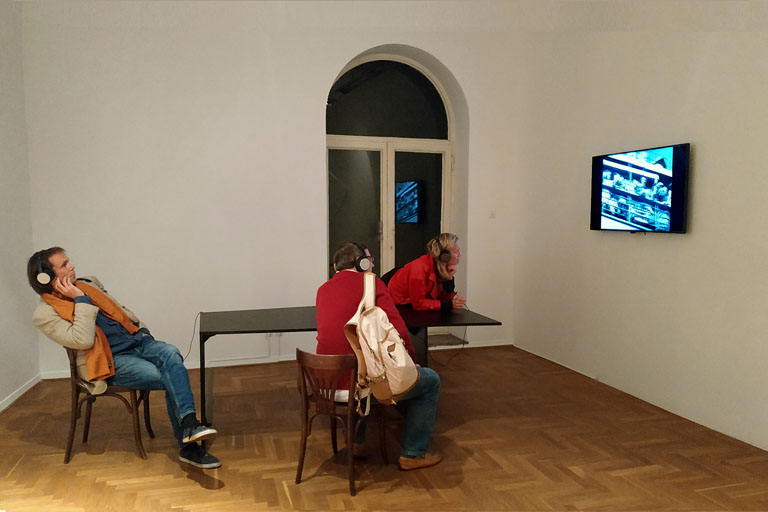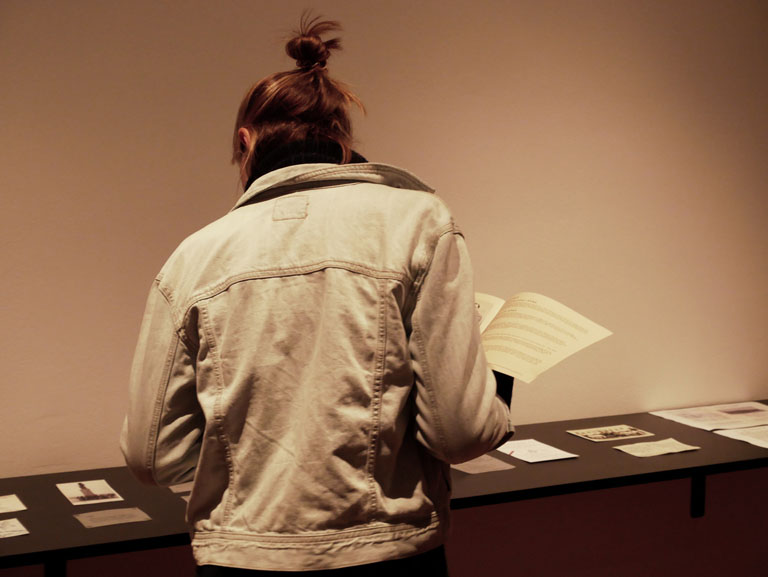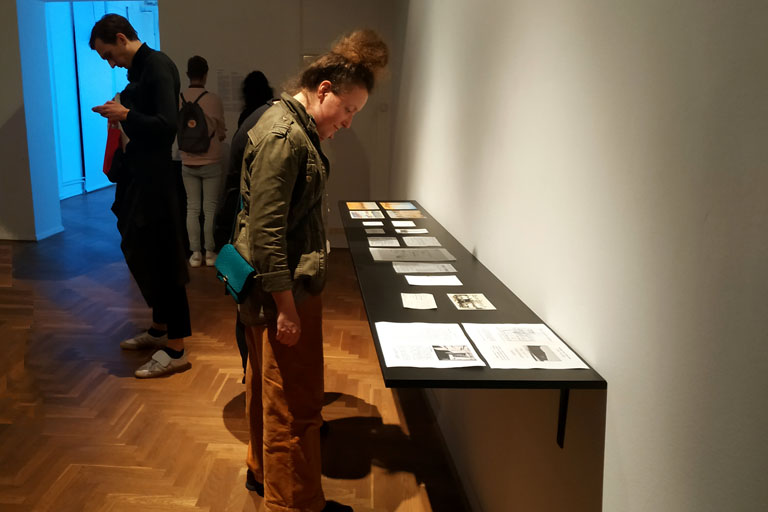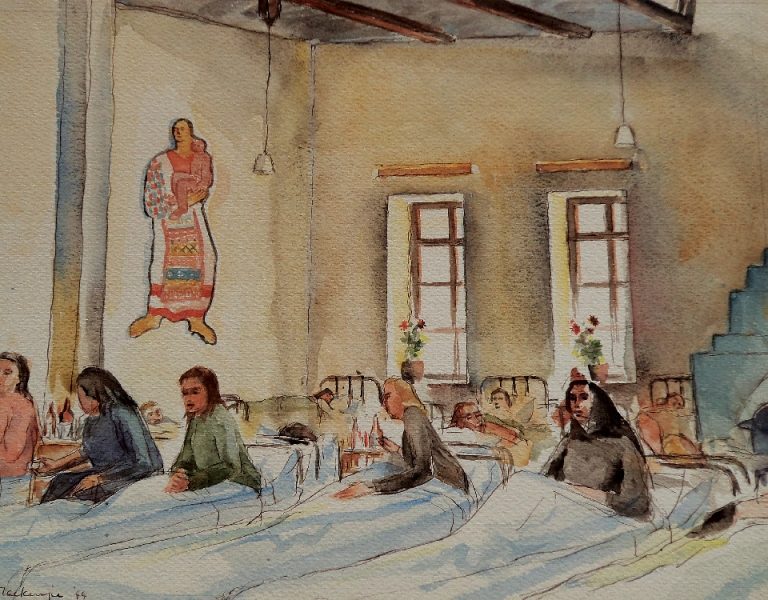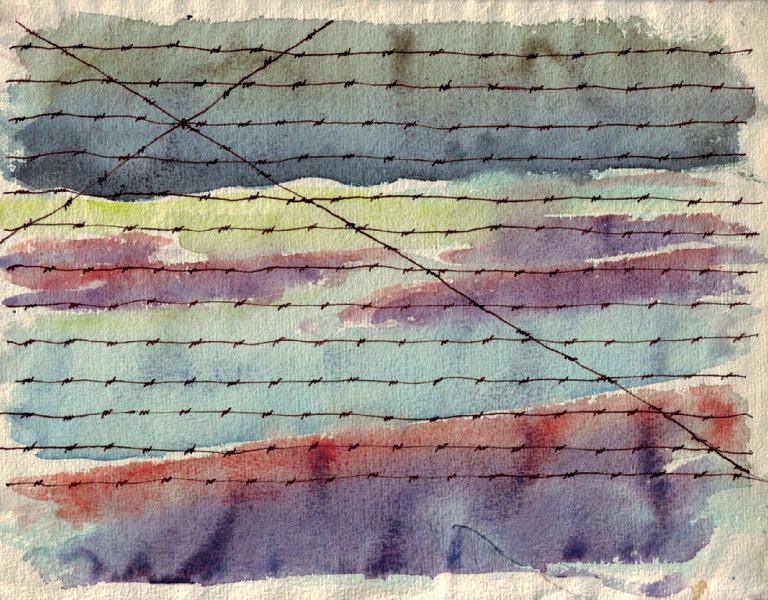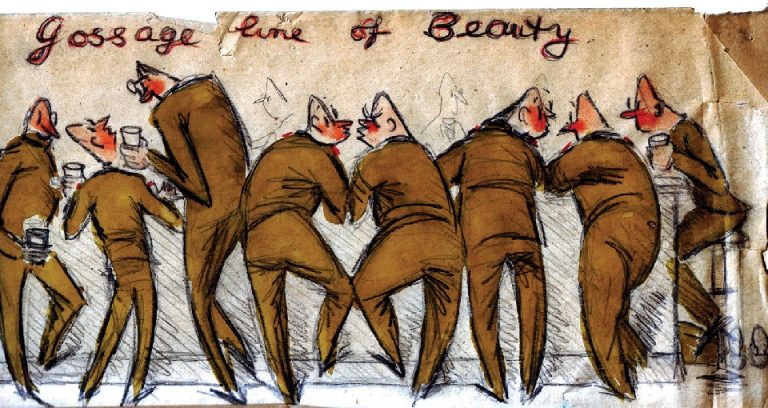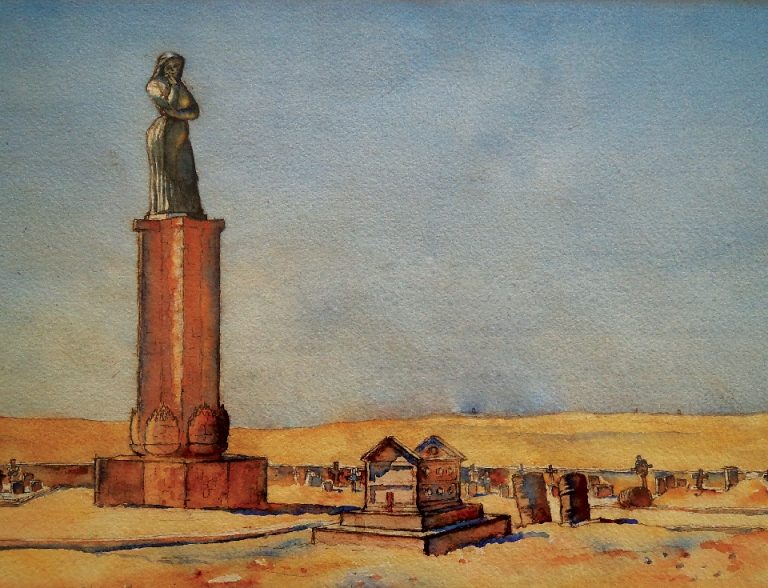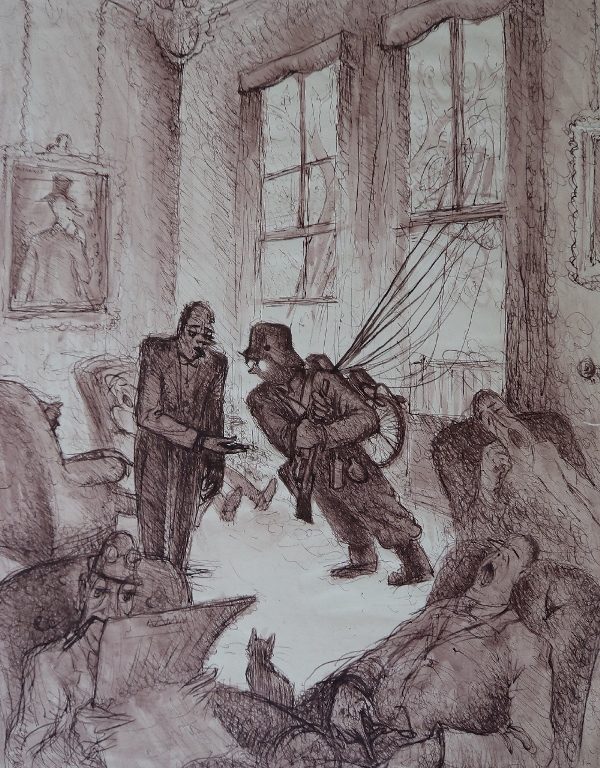El-Shatt
Video installation, 2019
El-Shatt
Video installation, Ljubljana,2019
El-Shatt is an installation project unearthing a buried piece of history from the World War II, which challenges the current marginalization and stigma of refugees’ definition and argues with the image of ‘refugee’ widely known in the 21st century. Egypt, Palestine, Syria and Iran, hosted European refugees during WWII. The refugee camp of El-Shatt in Egypt’s Sinai desert hosted Yugoslavian refugees between 1944 and 1964. The camp was founded by the British together with the UNRRA and MERRA.
In a series of installations, the artist shares this history through alternative sources rather than official documents and statistics from institutional entities.
A table with a series of audio clips offers two headphones. One is an audio narration based on 11 photos (not exhibited) taken by El-Shatt camp inhabitants. The narration extends the archival material with fiction as if by storytelling details from their daily life subjectively. The second audio is the Lidija Horvat Dunjko music piece by Josip Hatze, a famous composer and conductor from the city of Split. Hatze was a resident at the camp in his later years and established and organized the camp’s church choirs.
On a screen, a silent documentary of the arrival of the Yugoslavs to Egypt and their integration is edited to show close-ups of their faces and more detail. It humanizes their plight, and captures their composure, sometimes tracing the same faces, as if portraits of characters.
A shelf display of diaries, letters, drawings and photographs, particularly those of English artist Phyllis Mackenzie, who served as a clerk in the camp’s canteen and welfare office, provides a trove of first-hand accounts. They give an insider’s view into the structure of daily life on the camp, and their interactions with their surroundings. From political tensions with the Suez Military Police, to soccer tournaments with the Egyptian Suez team, the camp was an active community far from being victimized.
The display also includes a Yugoslavian flag handmade in the city of El Arish in Sinai with tent fabric and shell buttons. It draws a parallel to current power shifts in El-Arish, where there are changes of boundaries and displacements occurring.
El-Shatt project is an extension of the artist’s ongoing interest/concern with movement of people, and the cross- Mediterranean journeys that disseminated cultures, and how history still echoes today.
*1 (UNRRA) United Nations Relief and Rehabilitation Administration
*2 (MERRA) is a British-led scheme known as the Middle East Relief and Refugee Administration, launched in 1942 and facilitated by officials based in Cairo. It helped provide for some 40,000 Poles, Greeks and Yugoslavs. The exiles were spread out between camps in Egypt, southern Palestine, Syria and Iran
Phyllis Mackenzie
‘’My mother trained as an artist at the Slade School of Art, London. Her appearance, character, and temperament were those of an artist. She kept every piece of paper that came her way, but without much identifiable organisation.’’ John Kenneth Mackenzie
A compilation of letters, drawings, and photos done by Phyllis Mackenzie,In September 1944 Phyllis was given the job of clerk in the canteen section at the El Shatt camp for Yugoslav exiles. For most of her time there Phyllis worked in the welfare office. One of her roles was to accompany the camp football team as the ‘Conducting Officer’.
- Quotes from Mackenzie’s diary, paintings and documents were contributed by John Kenneth Mackenzie.
Quotes
20th September 1944
“The train was only three-quarters of an hour late. There were no lavatories for low-class types but from time to time the train stops & they all pop out & you see them crouched down all along beside the track doing all their jobs, backs to the train, gazing away abstractedly across the desert, then they sell each other bottles of lemonade for a bit (sometimes called gazooza from the French gazeuse no doubt)”
15th March 1945
“This afternoon I escorted the football team and George, to 285 GTC (off the Cairo road) to play football. Our driver was an Italian who fought against us in Africa, fought some more in Jugoslavia, changed sides & fetched up here with the Jugoslavs and a Jugoslav wife. The Jugoslavs lost 1 – 0 return game with a terrific wind and sand storm all the time.”
Undated
“This afternoon we had a good laugh: – after a slight coolness with the Suez Military Police we are now on good terms with them again, three of them – a sergeant & two corporals brought the officer commanding the Suez Fire Brigade (an Egyptian army officer transferred) in his rather colourful station wagon/cream, red, green & yellow it was painted & he drove us to one of the Sudan Defence Force posts across the canal for a camel ride. Laugh?
April 1945
“We were to have ridden camels today but Sgt Humphries rang up to put it off to tomorrow. The office has been like a madhouse today,
“This morning it was full of loud-voiced overpowering UNRRA uniformed Americans standing all over the place & sitting in the way when you wanted to telephone or telephoning themselves at the tops of their voices. This afternoon it was a different kind of a madhouse– what a wonderful thing is beer…”
Undated
Then a party of Greeks came from Moses Wells camp ,it became even more congested but finally the curtains parted & there was the choir, fewer in number than ours, a greater percentage of women & we sat back or at least sat slightly more easily on our hard wooden benches to listen to song but no:- not yet. A man came forward on the left. Another came forward in the middle; then a girl; then a tall man. The first man said something in what I take it was Greek.
Phyllis Mackenzie
Phyllis Mackenzie’ s sketchbook 1946

